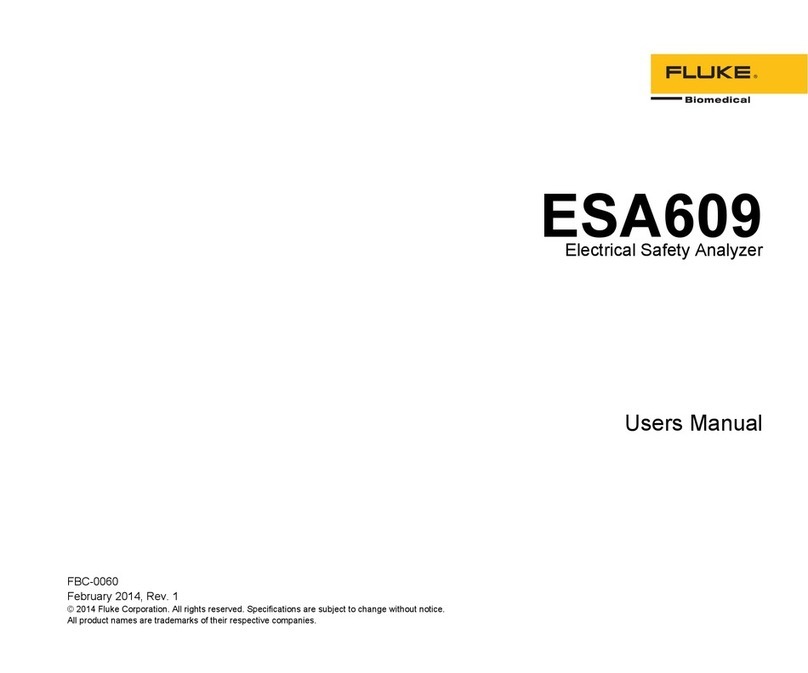Fluke 845AR User manual
Other Fluke Measuring Instrument manuals
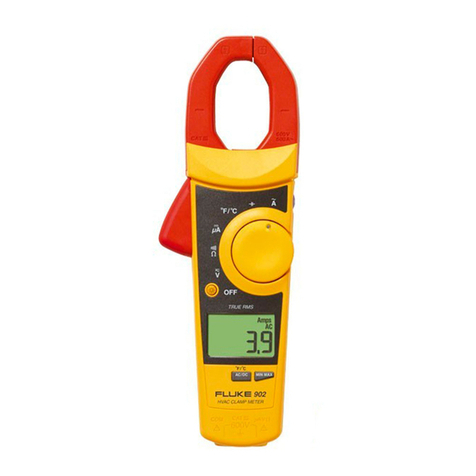
Fluke
Fluke 902 User manual
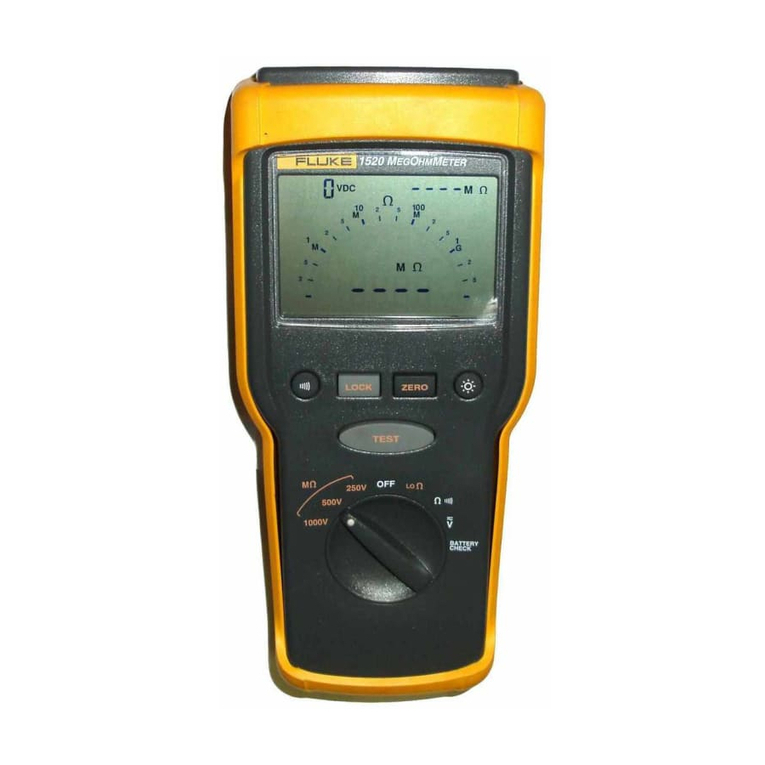
Fluke
Fluke 1520 Use and care manual
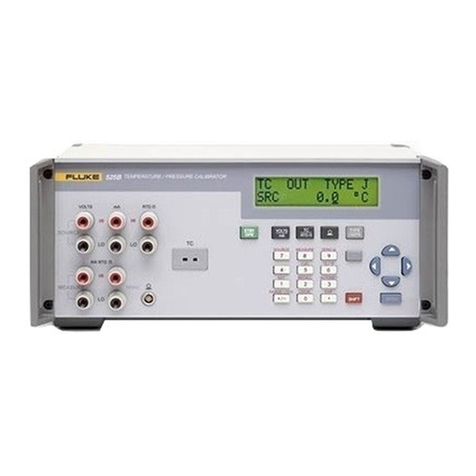
Fluke
Fluke 525B User manual

Fluke
Fluke 805 User manual

Fluke
Fluke 917X Series Quick start guide

Fluke
Fluke 095969674225 User manual
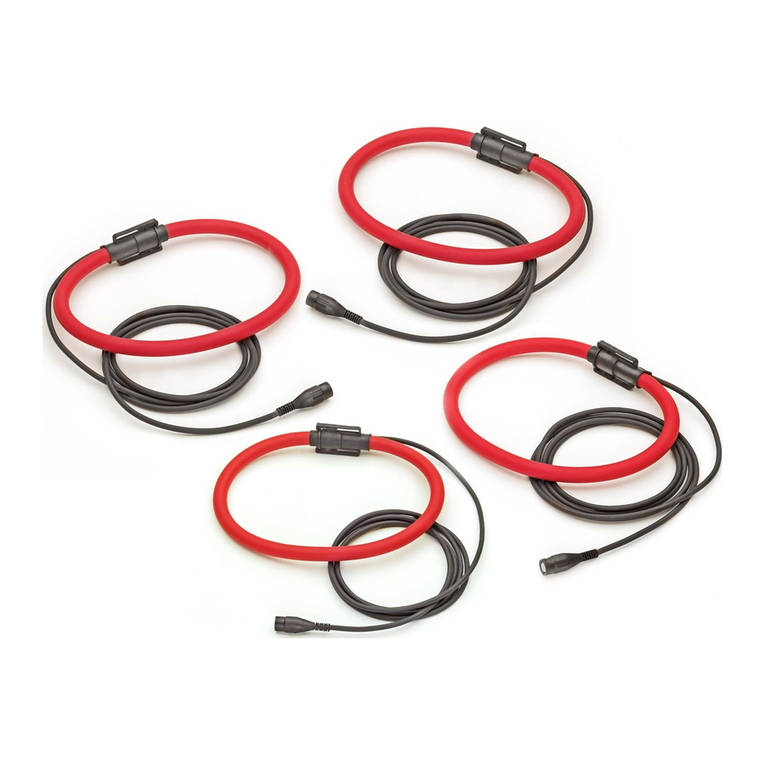
Fluke
Fluke I430FLEX User manual
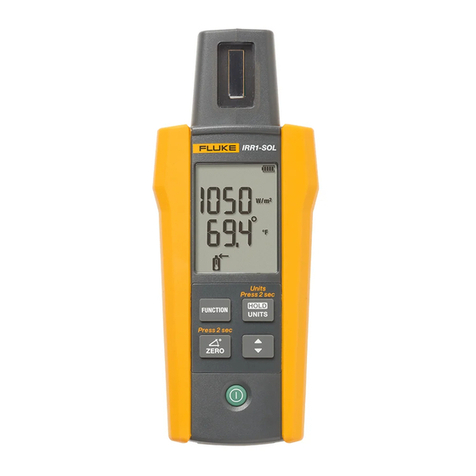
Fluke
Fluke IRR1-SOL User manual

Fluke
Fluke 78 User manual

Fluke
Fluke 925 User manual

Fluke
Fluke i5s User manual
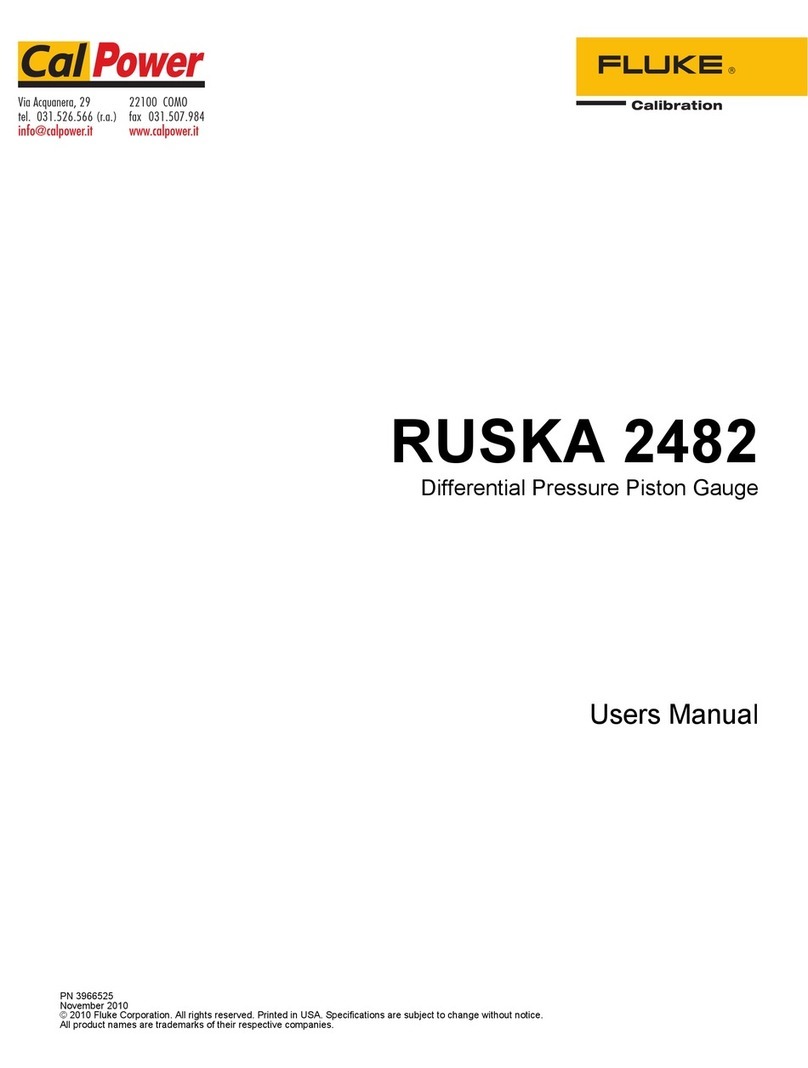
Fluke
Fluke RUSKA 2482 User manual
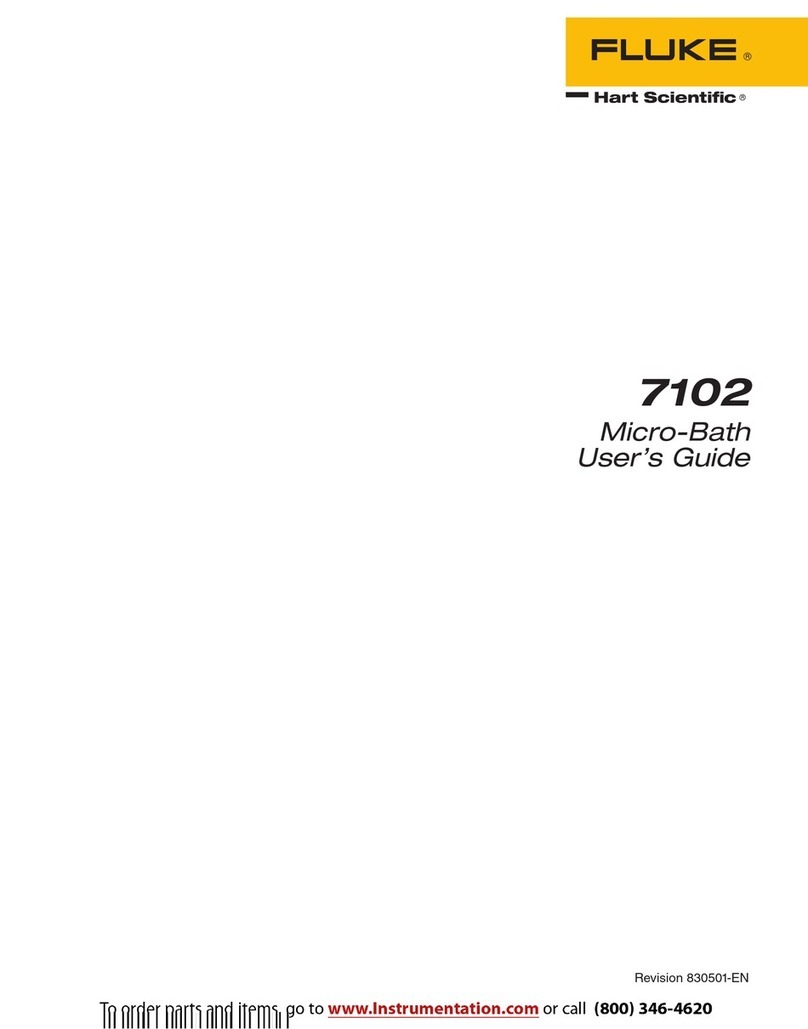
Fluke
Fluke Micro-Bath 7102 User manual
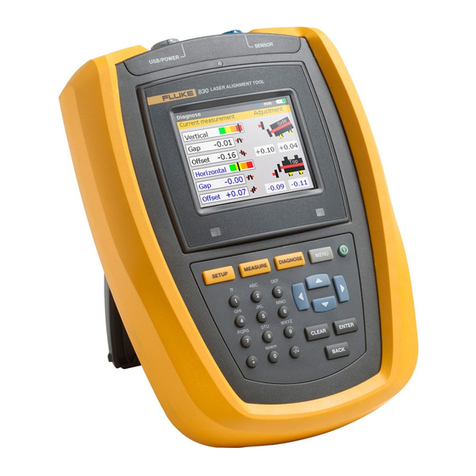
Fluke
Fluke 830 User manual
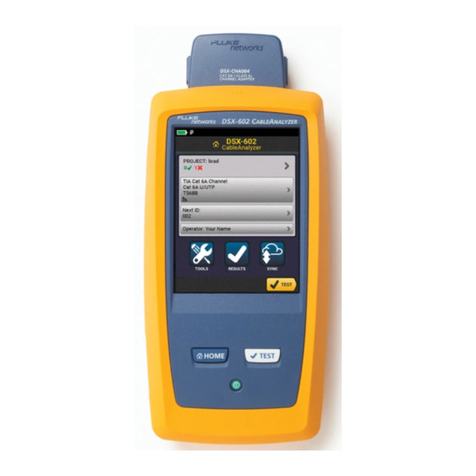
Fluke
Fluke CableAnalyzer DSX-602 User manual
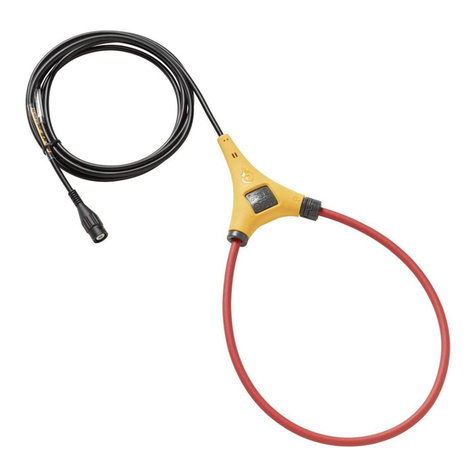
Fluke
Fluke i430-Flexi-TF User manual

Fluke
Fluke 374 FC Use and care manual
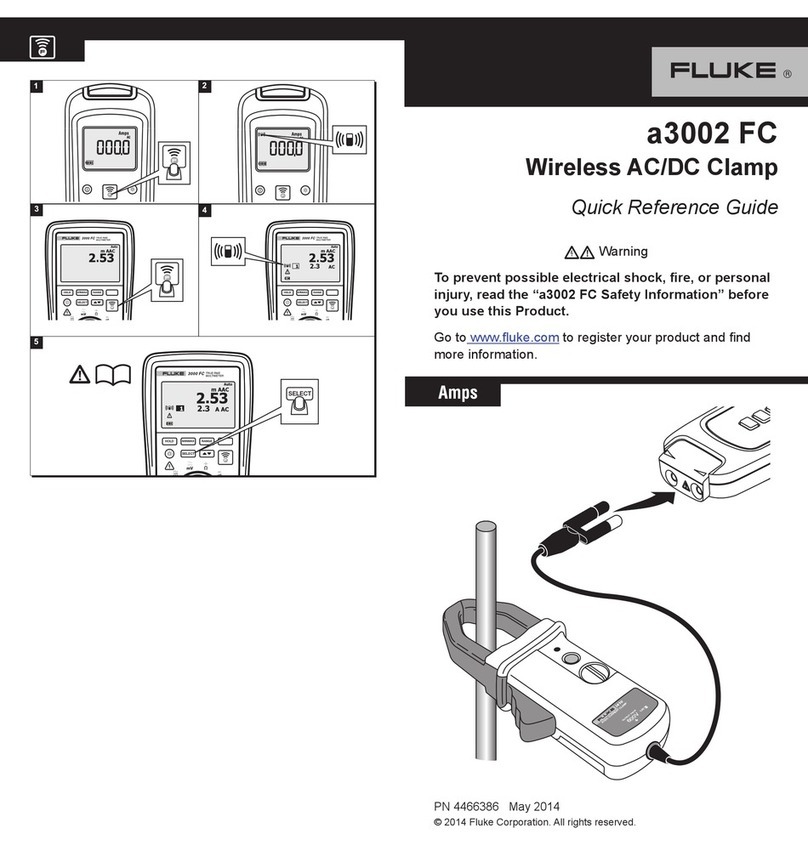
Fluke
Fluke a3002 FC User manual
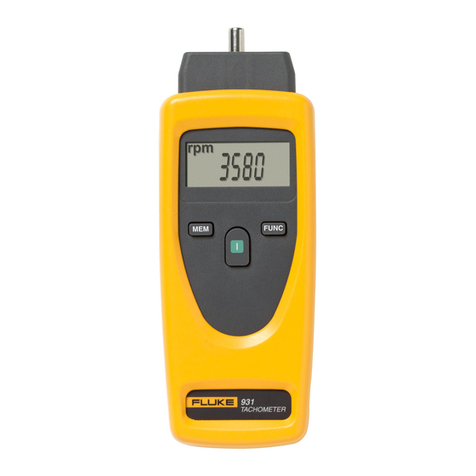
Fluke
Fluke 931 User manual

Fluke
Fluke 165X User manual


